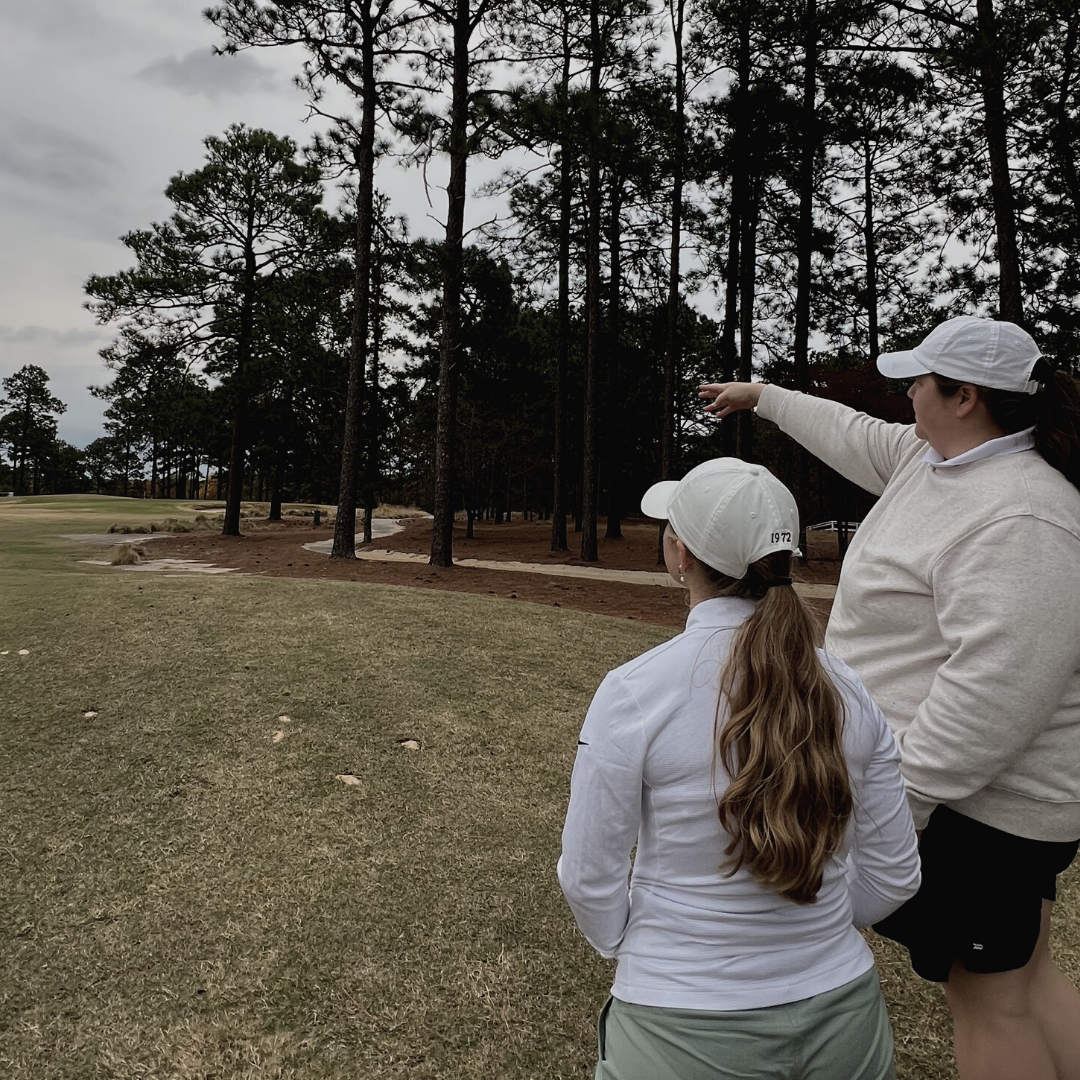For many junior golfers, the dream of playing college golf is both exciting and daunting. While the road to earning a spot on a college team requires dedication, strategy, and effort, breaking it into manageable steps can make the process much smoother. Whether you’re just starting your high school career or gearing up for senior year, here’s an overview of the process and how to begin your recruiting journey.
1. Understand the Landscape
The first step is to familiarize yourself with how college golf recruiting works. College golf programs vary widely in size, competitiveness, and resources. Programs are offered across NCAA Division I, II, and III levels, as well as NAIA and NJCAA schools. Each level has unique scholarship opportunities, competition intensity, and academic requirements.
Take time to research what level aligns with your skill set and goals. Are you looking to compete at the highest level in Division I, or would you prefer a program with a stronger focus on academics and balance, like Division III?
2. Assess Your Current Level of Play
Honest self-assessment is critical to targeting the right schools. Take stock of your scores, tournament finishes, and overall game. Comparing your performance to the current players at your target schools is a great way to measure your readiness.
If you’re unsure how to evaluate your game, consider working with a coach or mentor who can provide an objective perspective. A coach can also help you identify areas for improvement and set realistic goals.
3. Start Building Your Golf Resume
Your golf resume is your introduction to college coaches. It should showcase:
- Tournament Scores: Include your best rounds and finishes from nationally ranked or regional events.
- Stats: Highlight driving distance, scoring average, and other metrics that demonstrate your strengths.
- Academics: Coaches value players who excel in the classroom, so include your GPA, test scores, and honors.
- Personal Info: A brief summary of who you are and why you’re passionate about golf.
Keep your resume concise, professional, and easy to update as you gain new achievements.
4. Get on Coaches’ Radars
College coaches often discover players through junior tournaments, showcases, and social media. Competing in events that align with your target schools’ recruiting priorities is a smart way to get noticed.
Consider:
- National Junior Golf Tournaments: Events like the AJGA or USGA championships are top-tier recruiting grounds.
- Regional Competitions: These can also be valuable if they attract college coaches from your area.
- College Golf Camps: Attending a camp hosted by your dream school provides direct exposure and an opportunity to connect with the coaching staff.
5. Create an Online Presence
Many coaches use online platforms to scout players. Whether it’s through tournament webpages or your personal social media pages – make it easy for coaches to find your information.
Additionally, use social media strategically. Share clips of your swing, highlights from tournaments, and updates on your progress. Always present yourself professionally—your social media presence reflects your personal brand.
6. Understand NCAA Rules
The NCAA has specific rules about when and how college coaches can contact you. Familiarizing yourself with these rules ensures you stay compliant and make the most of the recruiting timeline.
For example:
- Coaches can’t initiate contact with recruits until June 15 after sophomore year for Division I and II schools.
- However, you can send introductory emails and showcase your interest in their program before this date.
7. Reach Out to College Coaches
When you’ve identified your target schools, begin contacting coaches. Craft a personalized email that includes:
- A brief introduction about yourself.
- Why you’re interested in their program.
- Your golf resume and tournament schedule.
Keep it concise and professional. Coaches receive hundreds of emails, so make yours stand out by showing genuine interest in their program.
8. Visit Schools
As your relationship with coaches develops, campus visits become an essential step. An unofficial visit allows you to experience the program firsthand, meet the team, and see the facilities.
Later in the process, you may be invited on official visits. Use these opportunities to ask questions about the team’s culture, schedule, and expectations.
9. Keep Improving
The recruiting process doesn’t stop once you’ve started reaching out. Coaches will continue to evaluate your performance. Stay committed to improving your game, maintaining your academics, and presenting yourself as a well-rounded recruit.
The road to college golf requires persistence and strategic planning, but it’s a journey worth taking for those passionate about the sport. By starting early, building a strong foundation, and connecting with the right people, you can turn your dream of playing college golf into a reality.
Remember, the recruiting journey is unique to every athlete. Stay focused on your goals, and trust the process—you’re well on your way to success!
For more posts like this one, check out our blog here: Path Fore Success Blog. You can also follow us on Instagram & Twitter for more!













